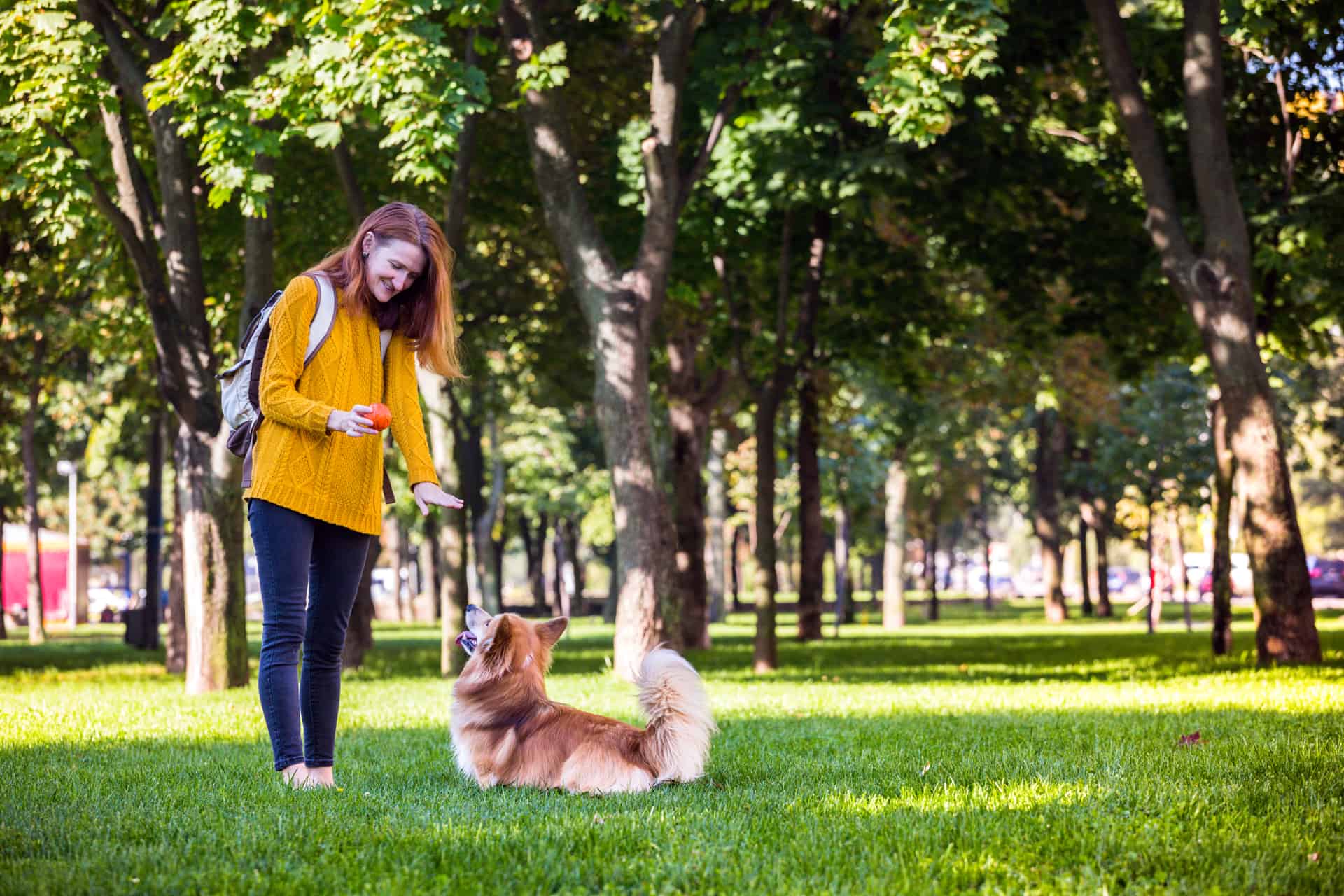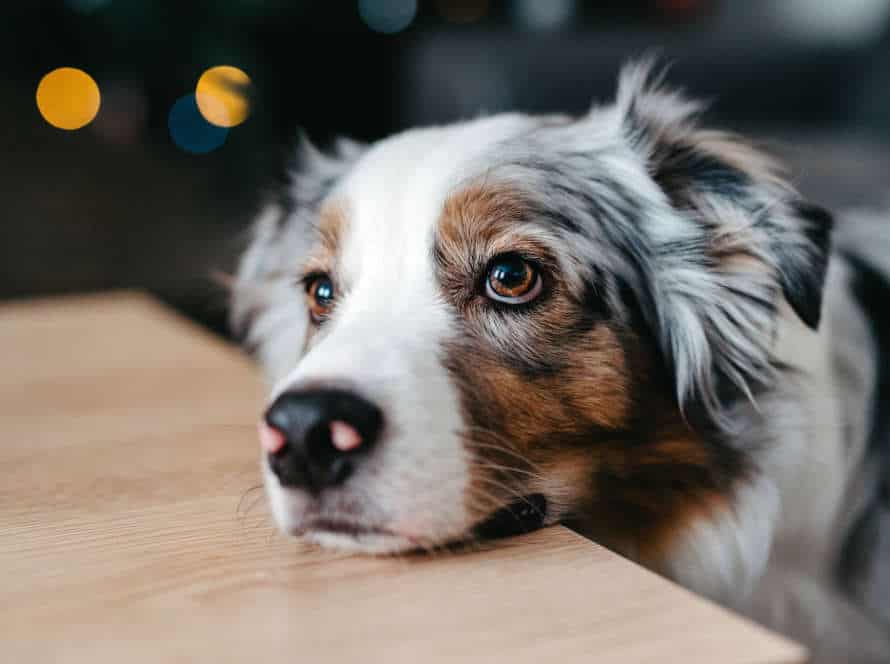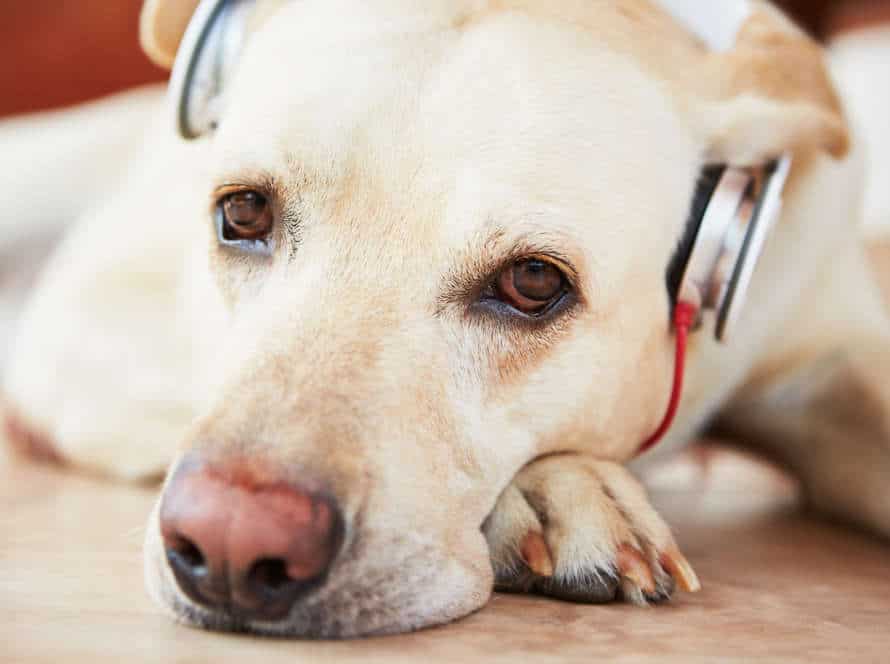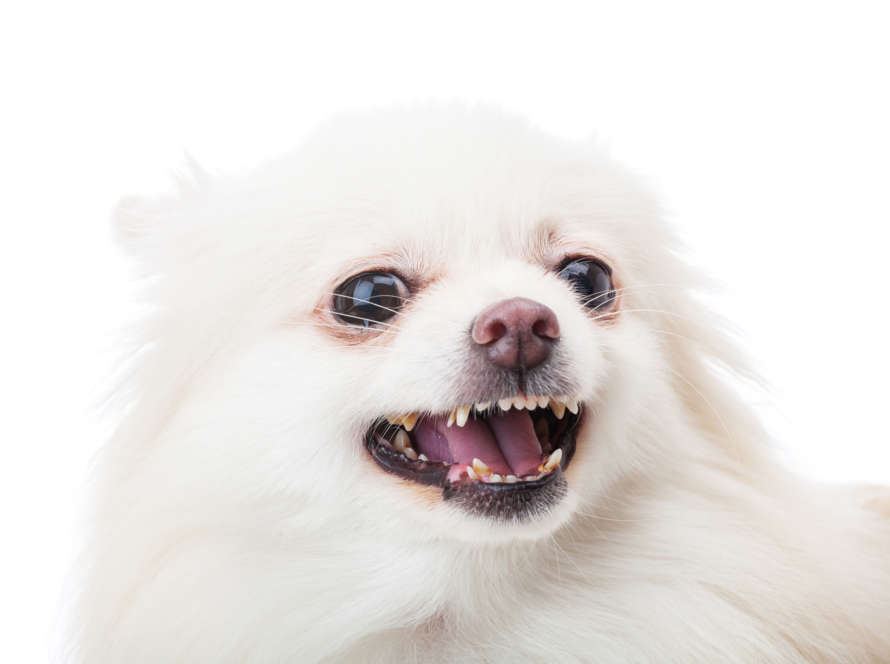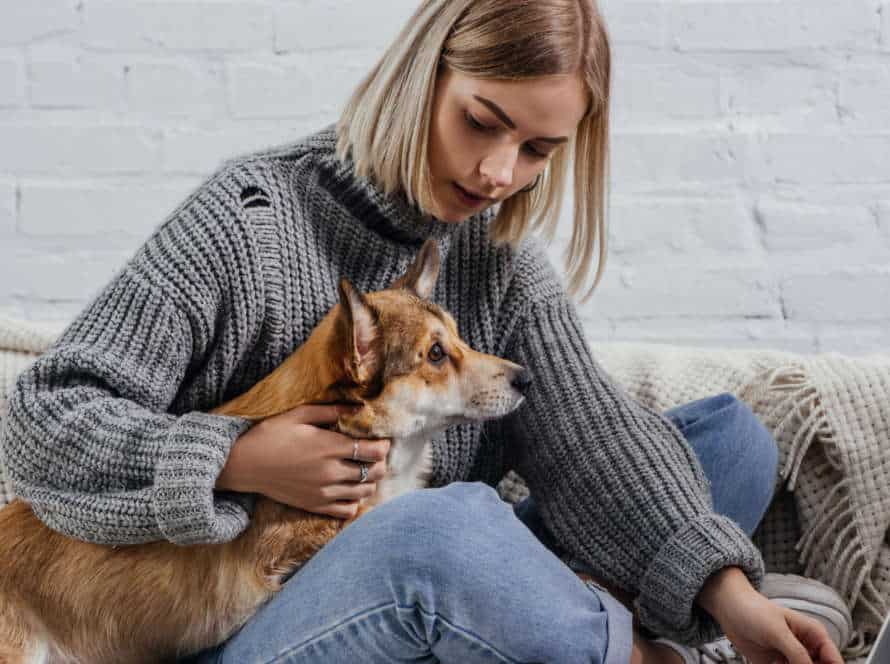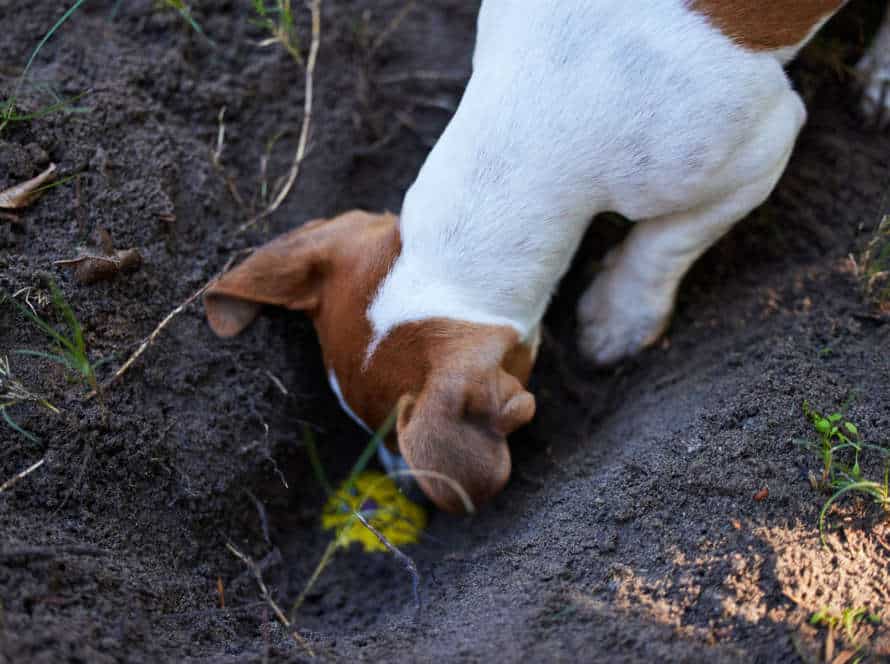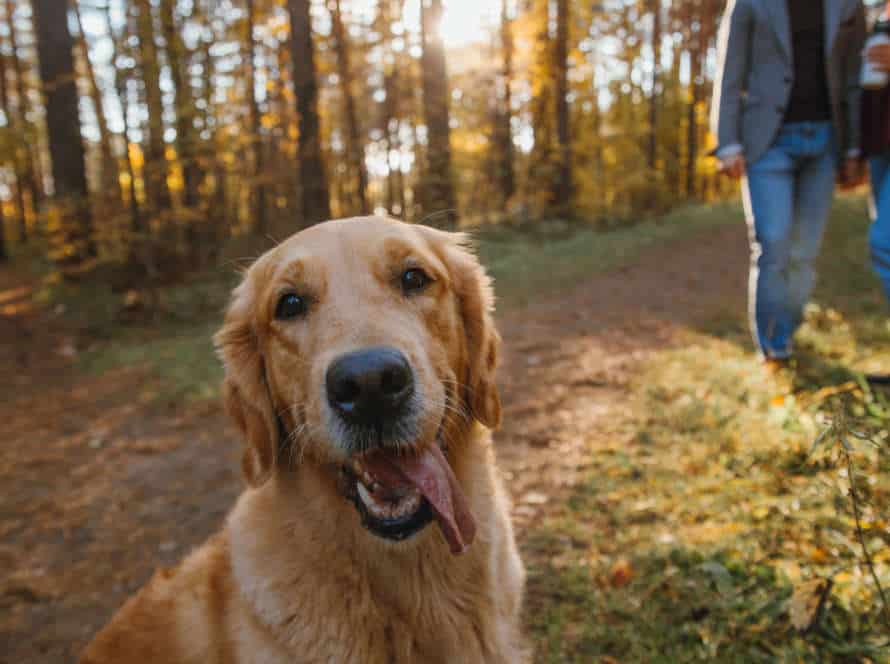Building Trust: Strengthening the Bond with Your Dog
Creating trust with your pup is essential for a strong connection and special relationship. Here are some ideas for building that trust:
- Devote quality time: Have fun together regularly. Play, go for strolls and do activities that you both love.
- Use rewards: Reward your pup’s good behaviour with treats, compliments and cuddles. This’ll help your pup connect good emotions to following commands and behaving well.
- Be consistent: Set specific rules and limits for your pup, and stick to them. Dogs need routine and predictability, so staying consistent is important.
- Communicate properly: Learn to read your pup’s body language, and respond suitably. Talk in a gentle, calming tone, and avoid aggressive or punishing words.
- Trust your pup: Give your pup the benefit of the doubt and trust them to make wise decisions. This will make your pup feel valued and respected.
Pro tip: Realizing that building trust takes time and energy. Be patient and determined, and your pup bond will only get stronger.
Understanding Your Dog’s Behavior
For any dog parent, a strong bond with their pup brings joy and contentment. To create this bond, it is vital to comprehend your pup’s behavior. Knowing how your dog thinks and acts can assist you in meeting their needs and creating a trusting relationship. Let’s dive in and learn more!
The Importance of Body Language
Interpreting your pup’s body language is crucial. It helps you to trust and bond with them. Dogs communicate through body language, and it’s their primary language. Here are some tips on how to read it:
Ears: Up – alert and attentive. Back or flat – anxious or scared.
Tail: Wagging – happiness/excitement. Tucked – fear.
Eyes: Wide/dilated pupils – alert. Narrowed – aggression/fear.
It’s essential to get your dog’s body language right. This helps you provide them with the care and training they need, and strengthens the bond between you and your fur-baby! So, pay attention to your pup’s movements – it says a lot about their feelings!
Recognizing Anxiety and Stress
Dogs can get anxious and stressed, just like us! Recognizing the signs can help you understand their behavior and build a stronger bond. Look out for:
- Body language changes: trembling, tucked tail, panting, drooling, restlessness
- Changes in habits: not eating, barking, acting out, house soiling
- Mood swings: aggression, clinginess, avoiding eye contact.
If you spot any of these, try to take away the source of anxiety or stress. Make a safe, cozy environment. Talk to a vet or trainer to address and control your dog’s behavior.
For a strong connection, be patient and consistent. Show affection and talk to your dog. This’ll make them feel secure and loved.
Positive Reinforcement Training
Positive reinforcement training is an awesome way to better understand your pup and strengthen your bond. How does it work? Reward your dog for good behavior – like sitting, staying, or coming when called. Give them a treat, say nice words, or rub their tummy. This communicates that good behavior is appreciated and increases the chance they’ll do it again.
Positive reinforcement improves communication and trust between you and your pup. It creates a healthy relationship based on respect and understanding. Pro Tip: Be consistent and patient. It may take a while for your dog to get it, but with practice and consistency, they’ll learn to act positively more often.
Creating a Strong Foundation of Trust
Creating trust with your pup is huge! It doesn’t just happen like magic; you must nurture it. Here, we’ll take a look at how building trust can help your bond with your canine chum. Plus, we’ll provide pointers and hints on how to make a secure base of trust.
Consistency in Training and Managing Expectations
For a strong bond with your pooch, consistency in training and managing expectations is essential. Here are some ideas to ponder:
- Set clear objectives and stages for the behaviors you wish to teach your dog.
- Have a reliable training program and always bolster positive behaviors.
- Understand your dog’s unique character and conduct.
- Be patient with your dog and have practical expectations of their improvement.
- Rather than punishment-based training, use positive reinforcement methods to motivate good behavior and discourage bad behavior.
- Steadfastness is vital for creating trust and defining clear expectations for your dog.
By following these practices, you can construct a trusting and respectful relationship with your dog that will last a lifetime.
Bonding Exercises to Strengthen the Relationship
Strengthen the bond between you and your pup with bonding exercises! They help to build trust, improve communication and deepen the connection. Here’s what you can try:
- Eye contact – Hold for 10+ seconds. This will make you the pack leader.
- Massage – Make your dog feel relaxed.
- Treat Hunt – Hide treats & encourage them to find it.
- Playtime – Play with toys and create a positive association with you.
Do these exercises often to create a strong foundation and a healthier relationship.
Addressing Behavioral Issues and Avoiding Punishment
When dealing with your pup’s behavior, it’s best to avoid punishment and make sure there’s a strong trust between you two. Hitting or shouting won’t help and may make them scared of you. Instead, use positive reinforcement such as treats and praise. Find out the cause of the behavior and change the environment or add training. Exercise and give attention – this meets their physical and emotional needs. Quality time is key to build a relationship based on trust and mutual respect. Your dog’s behavior is a reflection of the bond you two share. So, focus on trust-building to address any issues and strengthen your connection.
The Role of Communication in Building Trust
Communication is key for building trust between you and your pup. It works both ways; you and your dog should be active in understanding each other. Strengthen the bond you two share by actively communicating. Doing this will make sure you and your four-legged friend are always on the same page!
Understanding Your Dog’s Vocal and Non-Vocal Cues
Gaining insight into your pup’s vocal and non-vocal signals is a must for creating trust and deepening the relationship between you and your furry friend.
Dogs can express themselves in a variety of ways, such as barking, whining, growling, body language and facial expressions. Here are some common examples:
- If their tail is wagging, it usually means they’re happy or excited. If the tail is tucked, it could mean fear or unease.
- A low, deep growl may indicate aggression or protectiveness. On the other hand, a high-pitched whine could mean stress or discomfort.
- Direct eye contact can show assertiveness, while averting their gaze might mean submission or anxiety.
By understanding your pup’s communication, you can respond accordingly to their needs and build a closer bond based on trust and respect. Bonus tip: Positive reinforcement training can also help you and your pup bond.
Active Listening and Responding Appropriately
Active listening and responding the right way are essential for successful communication. It’s key for building trust with your pup. Here are some tips to better your active listening and responding:
- Pay attention to your dog’s body language and sounds to understand their feelings and needs.
- Acknowledge their emotions with patience and understanding. Give them comfort and help if needed.
- Be consistent, clear, and positive with your responses. Reward good behavior and direct negative behavior away.
- Make a habit of active listening. Set aside time just to focus on your pup and their needs.
These practices can help you create a healthier and more enjoyable relationship with your pet, based on trust and mutual understanding.
Building Confidence and Reducing Fear
Build your dog’s confidence and reduce their fear by strengthening the connection between you. Dogs talk through body language, sound, and actions. Knowing what your dog is saying is important for trust and a strong bond. Here’s how to help:
- Spend quality time watching their body language and behavior.
- Reward good behavior with treats and love.
- Train them new commands and tricks using positive reinforcement.
- Speak in a gentle, comforting voice to make them feel safe.
- Be consistent in your schedule and routine to give them stability.
By building trust and easing fear, your pup will be happier and healthier.
Nurturing Your Dog’s Emotional Needs
Fostering a solid connection with your pooch is critical. To achieve this, you must supply them with the right leadership, structure, and regularity they need to feel safe. This can be done through routine, rewards, and unconditional love.
Let us inspect the significance of these aspects for establishing trust between you and your four-legged friend.
Providing Essential Care and Maintaining Health
Building trust is key for meeting your pup’s emotional needs, and for increasing the bond you two have! Here are some tips to help increase trust:
- Consistency – Get a regular routine for meals, exercise and playtime.
- Positive reinforcement – Give treats, praise or a fave toy when they do something good.
- Understand body language – Learn to read your pup’s body language and know what it means.
- Respect their space – Let your pup have a safe and comfy spot to go for alone time.
- Patience – It takes time and patience to build trust, be patient with your pup.
With trust, you and your furry friend can have a strong emotional bond that lasts a lifetime.
Spending Quality Time Together
Quality time with your pup is essential! Not just for food, water, and shelter, but to engage their minds, strengthen their bodies, and deepen bonds. Here are ways to spend quality time:
- Walks and outdoor activities.
- Games like fetch, tug, and hide and seek.
- Puzzle toys & treat dispensers to keep them busy.
- Weekly training session: teach new tricks & commands.
- Cuddle time & belly rubs to show affection.
Quality time is key for a strong, trusting bond that lasts forever.
Creating a Safe and Comfortable Environment
Creating a secure and comfy atmosphere is vital to helping your pup’s emotional needs and strengthening your bond with them. Here are some ways to build trust and give a secure and comfortable atmosphere for your furry companion:
- Furnish a cozy space: Ensure your pup has a comfortable spot to rest and sleep, such as a bed with a soft blanket or pillow. Make sure the area is free of potential dangers and is dog-proofed.
- Care for their needs: Make sure your pup is well-fed, watered, and exercised regularly. A healthy pup is a happy pup!
- Positive reinforcement: Reward your pup when they show good behavior, like obeying commands or being calm in stressful situations.
- Spend quality time: Quality time with your pup goes beyond just feeding and exercising them. Take them for a walk, play games, or cuddle up with them on the couch.
By producing a secure and comfortable atmosphere for your pup, you’ll strengthen your bond and nurture their emotional needs.
Pro Tip: Building trust takes time and patience. Communicate with your pup through positive reinforcement and spend quality time with them daily.
Deepening the Bond with Advanced Training Techniques
Bonding with your dog is not just about love and fetch. It’s also about teaching and understanding them. To create a strong connection, you need to understand and gain your dog’s trust. Use advanced training techniques! Here’s how they can help you and your pup build a secure bond.
Agility Training and Other Activities
Agility training is one way to boost your bond with your pup! This involves guiding your pet around an obstacle course to check their obedience and intelligence.
Other activities to help you two become closer pals include:
- Toy play sessions.
- Going on outdoor trips and long walks.
- Interactive games like hide-and-seek or treasure hunts.
- Teaching new commands, tricks and behaviors.
These activities create positive experiences and reward good behavior, while also respecting your pup’s unique needs and interests. Be sure to tailor activities to your dog for maximum fun and bonding!
Advanced Obedience Training and Tricks
Advanced obedience training and tricks can help create a stronger bond with your pup! Engage them in mentally stimulating activities to improve focus, confidence, and behaviour.
Here are some advanced techniques to consider:
- Backward Walking – teach them to walk backwards on command. This helps build body awareness and balance.
- Pivoting – train them to spin in a circle around your body. It helps with balance, coordination, and paying attention to signals.
- Crawl – teach them to crawl on their belly. This builds core strength and flexibility.
Plus, use positive reinforcement. Give regular exercise, play, and socialization. Be patient and keep training sessions short. End on a positive note – praise your pup for their progress.
Pro Tip: Consistency is key. Regular training and positive reinforcement with treats or praise will help your pup master the tricks!
Helping Your Dog Exercise Their Mind and Body
It is super important to help your pup exercise their mind and body – not just for their health, but for bonding too. Exploring advanced training techniques can create a strong bond with your four-legged friend and make their life more enjoyable. Here’s how:
- Deepen the bond with advanced training:
- Teach them commands such as “find it,” “stay,” and “come,” so they understand what you want and feel like they can trust you.
- Use toys, games, and interactive puzzles for stimulation and physical activity.
- Take them for walks and hikes in new places – it lets them explore and see new things.
- Build trust and a strong bond:
- Gently play and touch them, such as petting, hugging, and playing games.
- Spend quality time cuddling, relaxing, playing, or even just talking.
- Reward them with treats and praise when they learn something or complete a challenging task.
Pro Tip: With trust and advanced training, your pup will become more obedient, engaged, and responsive – making your relationship even more rewarding!
Building Trust Through Respect and Understanding
Creating trust with your pup is a must to have a strong relationship. It’s a blend of art and science. It needs respect, knowledge and a good attitude. In this article, we’ll look at the different ways to build trust with your dog and the positive effects it can have on your bond.
Respecting Your Dog’s Boundaries and Preferences
Respecting your pup’s limits and preferences is key to build trust and strengthen your bond. To make a safe and good atmosphere, understand your pup’s body language and respect their signals. Here are some hints to build trust via respect and understanding:
- Observe your pup’s body language and take clues from them when playing with them.
- Don’t push physical contact or love if your pup is uncomfortable or seems unsatisfied.
- Respect your pup’s space and don’t enter their personal area without permission.
- Reward good behavior with attention and snacks to encourage positive connections.
- Provide a pleasant and secure environment for your pup to grow.
By respecting your pup’s boundaries and preferences, you’ll be able to have a more trusting and closer relationship with them with time.
Recognizing the Importance of Your Relationship
The relationship you have with your pup is essential. It’s the base of trust, respect, and understanding. Here are some tips to make it stronger:
- Spend quality time daily.
- Get to know their body language, needs, and behavior.
- Reward good behavior with treats and kind words.
- Train them and give commands clearly.
- Be patient and understanding in tough times.
Remember: It takes effort, patience, and communication to create a strong bond! Doing so will give you a fulfilling, happy, and healthy relationship with your furry friend.
Building a Lifetime of Trust and Companionship
Building a bond with your pup is a journey that starts with trust. Here are a few tips to help:
- Train him. This helps him understand what’s expected and boosts confidence.
- Give positive reinforcement. Praise and reward good behavior. This strengthens the trust between you.
- Be consistent. Establish daily routines for feeding, exercise, and playtime. This makes your pup feel safe.
- Listen actively. Pay attention to body language, vocalizations, and behavior. This builds mutual respect and trust.
By following these steps, you can create a foundation of trust and respect that will last a lifetime.
Frequently Asked Questions
Q: How do I build trust with my dog?
A: Building trust with your dog involves consistent training, positive reinforcement, and spending quality time together. Be patient, acknowledge good behavior, and show them love and affection.
Q: Why is trust important in a dog-owner relationship?
A: Trust is important in a dog-owner relationship because it fosters a strong bond, allows for effective communication, and creates a sense of safety and security for both the dog and owner.
Q: What are some common reasons why a dog may not trust their owner?
A: Common reasons why a dog may not trust their owner include a lack of consistency in training, negative reinforcement, abandonment or neglect, and trauma or abuse.
Q: How can I regain my dog’s trust if it has been broken?
A: Regaining a dog’s trust after it has been broken requires patience, consistency, and positive reinforcement. This may involve seeking professional help, identifying the root cause of the trust issues, and rebuilding the relationship over time.
Q: Can trust be established with an older dog?
A: Yes, trust can be established with an older dog through patience, consistency, and positive reinforcement. However, it may take longer to build trust with an older dog compared to a younger one.
Q: What are some activities I can do with my dog to strengthen our bond?
A: Activities that can strengthen the bond with your dog include training exercises, regular walks or hikes, playing games together, and grooming or cuddling.

